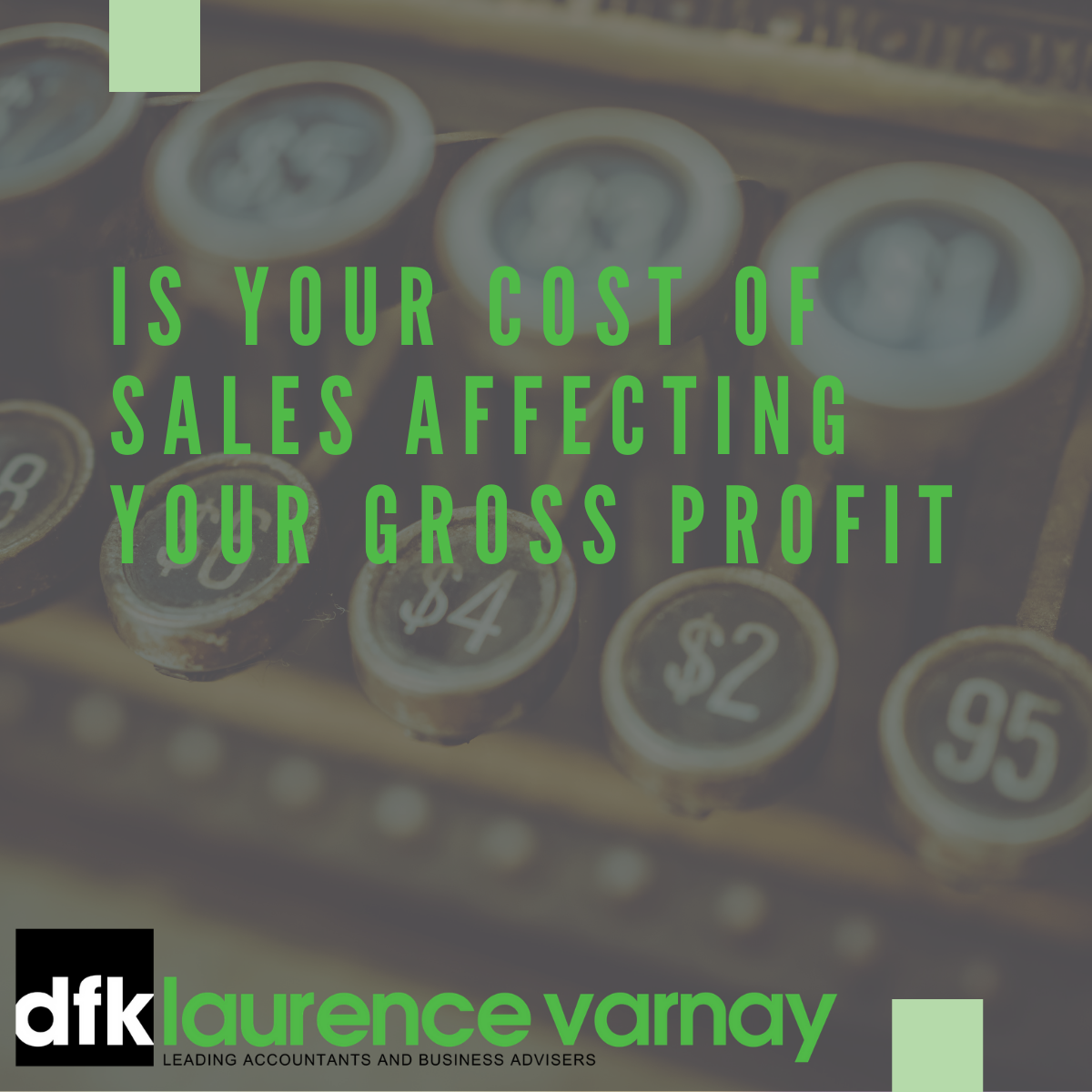Is your cost of sales affecting your gross profit?
Do you know how much it costs you to produce each product or service in your range?

Do you know how much it costs you to produce each product or service in your range?

Do you know how much it costs you to produce each product or service in your range?
The better you can understand this cost of sales – or cost of goods sold (COGS), as it’s more commonly known – the more ability you have to control your company’s profitability. When you know your COGS, you can set the right price point, control your profit margins and ensure that you’re maximising your gross profit.
But to do this, you need to understand COGS and how it impacts on your financial management.
Understanding your COGS
To take one of your company’s products or services from inception to delivery, you will incur a number of costs. For example, if you’re a manufacturing business, these costs might include buying in raw materials, direct labour costs, the overheads for running the machinery in your factory, the costs of delivering the products and the sales and marketing expenses needed to sell the product to your target customers.
For you to manufacture a finished product and to generate a sale, all these costs are a necessary part of the process. They’re the direct costs of producing your goods for sale.
You calculate your COGS number for the period by looking at the value of your opening stock (or inventory), adding the cost you’ve incurred to produce the goods and then subtracting the value of the closing stock balance.
The COGS formula looks like this:
Opening Stock + Purchases – Closing Stock = COGS
So, if you started with an inventory of $10,000, this is how you’d calculate your COGS:
Reducing your COGS to boost gross profits
The more sales you make at a given price, the higher your revenue (income) will be. Deducting your COGS number from your revenue figure gives you your gross profit – and gross profit is a key metric for tracking the health and profitability of your business.
A high COGS number reduces the size of your profit margin. And, in turn, a small margin will start to have a negative impact on your gross profit. Being able to control and manage your COGS, and its impact on your gross profit, is a vital skill for any product-based business.
Here are some ideas for improving the profit impact of your COGS:
Talk to us about improving your gross profit
If you want to boost your gross profit and get COGS under control, come and have a chat with us. We’ll look over your expenses and overheads, and will look for the opportunities to reduce your goods-related purchases and push for a better profit margin on your products.
By email, phone, or in-person – our outsourced accounting firm is ready to discuss how we can help take your business to the next level.

Milan Debelak
Liftronic
Ms Jenny Chu
Abundance Business Services
Paul Vorbach
Academy Global
Tony Lu
Inner Wealth
Amy Curl
Sydney Improvised Music Association (SIMA)
Liability limited by a scheme approved under Professional Standards Legislation. © DFK Laurence Varnay. Web Design by Method Marketing.